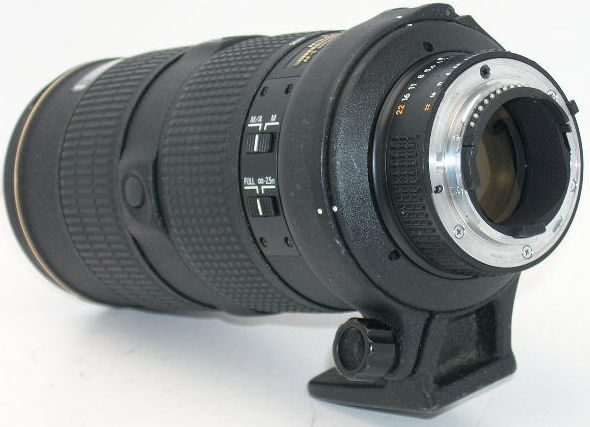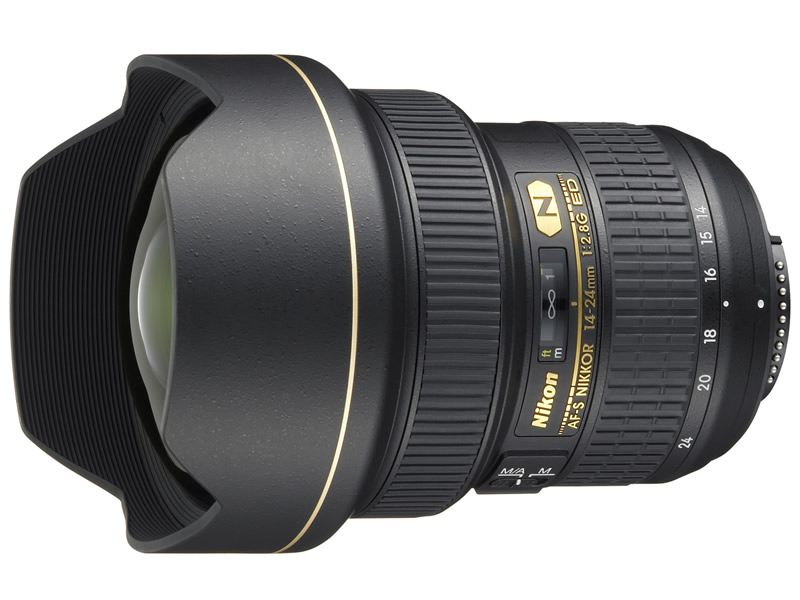It’s a new Lans by Nikon with 24-70mm f/2.8 thermos.It’s good news for Camera users…
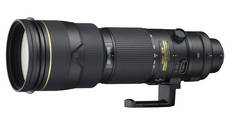
Nikon has a new version of the AF-S NIKKOR 200-400mm presented 1:4 G ED. The successor model with the addition of VR II offers the latest image stabilization (Vibration Reduction II), Nanokristallbeschichtung, a new A / M focus mode and is thus aimed specifically at action games, sports and nature photographers.
The new image stabilization function according to Nikon by up to four levels of light value longer exposure times than previously, so shots are from the hand significantly sharper.
The AF-S NIKKOR 200-400mm 1:4 G ED VR II was also equipped with a Nano Crystal Coat, which should reduce ghosting and flare strong. Four ED glass elements minimize chromatic aberration. As a result, Nikon promises – even in low light conditions – brilliant images with excellent detail drawing.
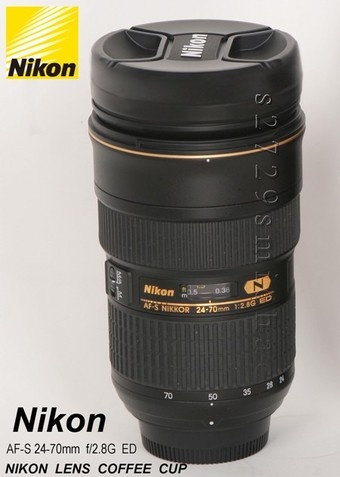
With his vergleichswewise low weight of only 3.36 kg in the super zoom lens to offer to replace several large and heavy telephoto lenses.
Being an internal focus lens, all the lens elements move inside the unit, rather than extending out from the body itself. Maintaining a constant f/4 aperture throughout the focal length range, it contains 17 elements in 12 groups.
Weighing 680g, the lens protrudes 12.5cm from the camera body. The lens is surrounded in sturdy plastic with rubberised focusing and zooming rings that operate very smoothly. Focal length measures are provided just behind the zoom ring, including 16, 20, 24, 28 and 35mm markings.
At the front, the 16-35mm uses a 77mm filter thread. Also on the exterior are two physical switches, one to choose between focusing mode (the typical M/A and M selections) and the VR switch that turns the feature on or off.
The lens is coated in Nikon’s Nano Crystal Coat that assists in the reduction of flaring and ghosting. Autofocusing is incredibly quiet thanks to the SWM (silent wave motor) and the lens itself is sealed to some extent against dust and moisture.
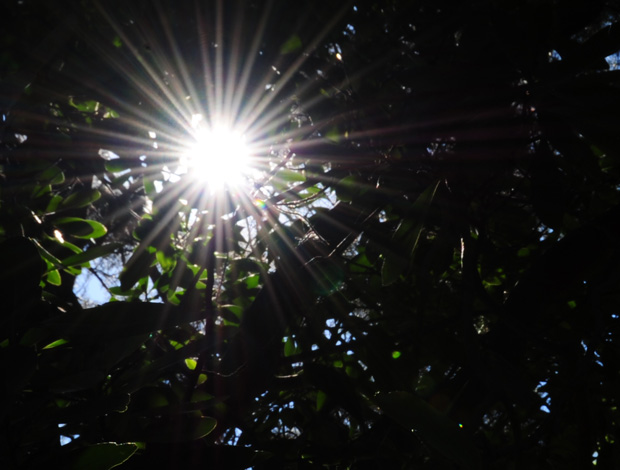
Our tests were conducted on the Nikon D3S, which provides a comfortable counter-balance to the weight of the 16-35mm. Anything smaller than a D300S we’d wager as being too light for the 16-35mm, for handheld shooting.
Bokeh is pleasing, though at f/4 it’s not all that visible, and overall this lens is as sharp as a tack. Nikon claims that the vibration reduction offers compensation for camera shake up to four stops; in our tests we were able to reach a handheld exposure of 1/8s at 35mm without discernible motion blur.
Light falloff is prominent in studio conditions as the lens is wide open at the extreme 16mm focal length but evens out considerably as the aperture is stopped down. However, in real-world applications this falloff is not very noticeable unless shooting a completely uniform subject. Naturally for such a wide lens, there is considerable barrel distortion at 16mm, which can be compensated for in post-processing.
The 16-35mm is a fantastic wide-angle zoom lens from Nikon that exhibits amazing sharpness. Coupled with the D3S it makes for a great shooting experience for photographers looking for a lens suited to architectural or landscape photography.
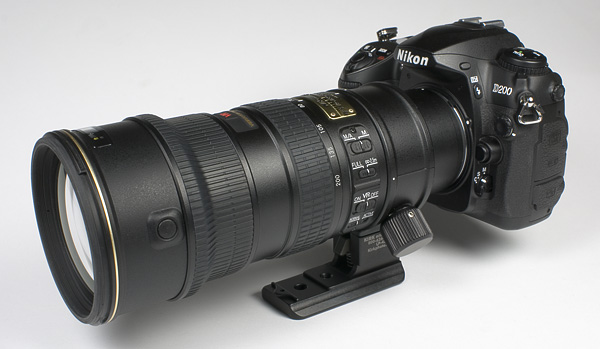
Resources :cnet.com.au,gizmodo.com

